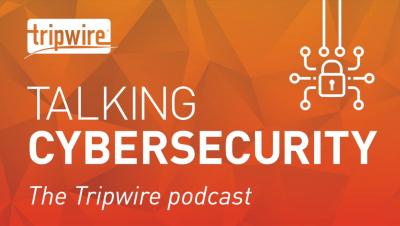How Network Segmentation Can Protect Supply Chains from Ransomware Attacks
Organizations can take various steps to protect their operational technology (OT) environments against digital threats. But some stand out more than others. In particular, network segmentation is described as “the first answer to insufficient ICS (Industrial Control System) cybersecurity.” Experts advocate zoning ICS assets to coordinate informational technology (IT) and OT environments effectively. That doesn’t always happen, however.



